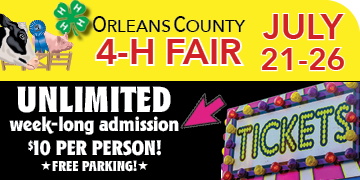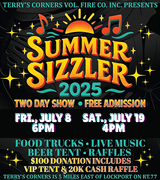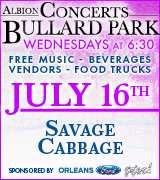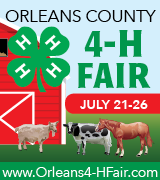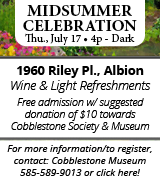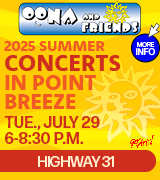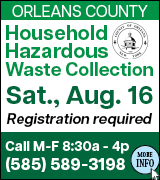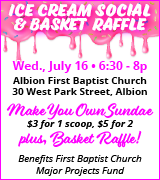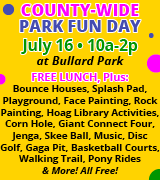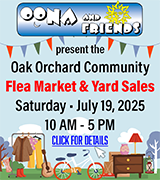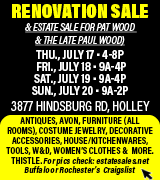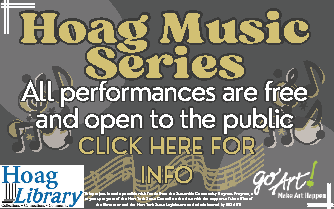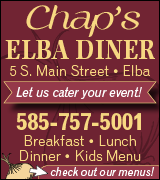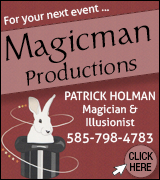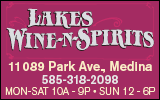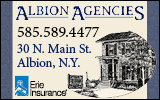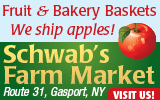Medina Historical Society presentation will focus on art of making Ukrainian Easter eggs
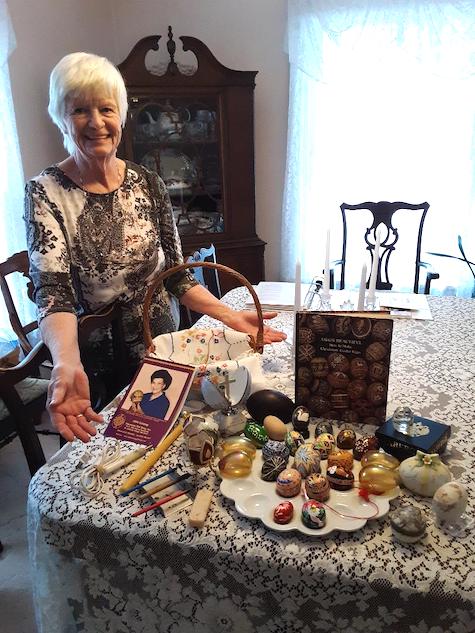
Photos by Ginny Kropf: Georgia Thomas of Medina shows off Ukrainian Easter eggs which are part of her collection. She will give a talk and demonstration on making them at the Medina Historical Society’s meeting March 28 at 7 p.m. at the Lee-Whedon Memorial Library.
MEDINA – The Medina Historical Society’s March meeting will have a different format this month, when it moves to Lee-Whedon Memorial Library.
Historical Society member Georgia Thomas will lead the meeting at 7 p.m. March 28 with a talk on the history of Easter eggs and demonstration on making Ukrainian Easter eggs.
With Ukraine being so prevalent in the news right now, Thomas thought it would be very timely to do a program on Ukrainian Easter eggs.
Thomas has a collection of several dozen Easter eggs of all kinds, including traditional American ones, porcelain eggs, a Faberge egg, Polish egg, an emu egg and even the plastic eggs which can be filled with goodies.
“It’s Easter and we all like Easter eggs,” Thomas said.
She said Easter eggs were first decorated thousands of years ago, and are symbolic because they signify rebirth, as chickens normally start laying profusely in the spring. The tradition dates back to pagan times, then early Christians picked it up and it has continued ever since.
Thomas said King Louis XIV had the first chocolate egg at Versailles. Nicholas II and Alexander III had Faberge eggs made from 1885 to 1917. She added that Cadbury made the first filled candy egg in 1875.
Former presidential wife Frances Folsom Cleveland, a one-time Medina resident, is credited with opening the White House to visitors for an Easter egg hunt. It is said the President’s hand was swollen from shaking so many hands.
Dolly Madison and Abe Lincoln also had Easter egg rolls on the Capitol lawn. World War I and II put an end to Easter egg hunts (or rolls), but President Eisenhower brought them back while he was in office. Thomas was a little girl of 8 when her family took her to Washington, D.C. and she joined in on an Easter egg hunt.
“I found an egg and it was not until I was older and started researching Easter eggs that I realized I was part of that historic event,” Thomas said.
During her program March 28, Thomas will show the entire process of making a Ukrainian egg with the art of pysanky. A small tool with a metal tip is put in beeswax, where it is sucked into the tip and used to draw on a raw egg.
“You can usually buy pysanky eggs at the Broadway Market,” Thomas said. “To me Ukrainian Easter eggs are the most beautiful, but they are also very expensive.”
She also said the Ukrainian custom is if one doesn’t make enough pysanky eggs a monster will be let loose.
“With what is going on now in Ukraine, I guess they didn’t make enough eggs, because a monster has certainly been let loose on the country,” Thomas concluded.
Everyone who attends the meeting March 28 will receive a token egg to take home.
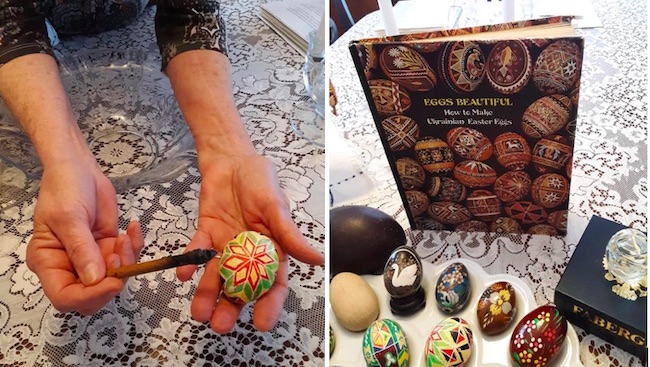
Georgia Thomas holds one of her Ukrainian Easter eggs and a kiska used to decorate them. Making traditional Ukrainian Easter eggs is a painstaking process, as outlined in Georgia Thomas’ book on “Eggs Beautiful.” Her collection of Easter eggs includes Ukrainian ones, a Faberge egg, porcelain eggs and even an emu egg.







